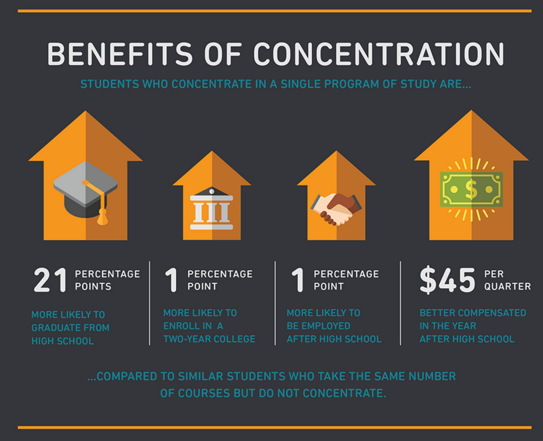Ronald Roveri, South Carolina’s Newest State CTE Director, has spent nearly his entire career in Career Technical Education (CTE). Roveri  worked as an automotive maintenance and repair technician for Shell, and after lobbying hard for his father to co-sign a loan to open his own service station, his father suggested college instead, where Roveri minored in Education. An advisor at Kent State University suggested Roveri look into becoming an educator, thus launching his career in CTE.
worked as an automotive maintenance and repair technician for Shell, and after lobbying hard for his father to co-sign a loan to open his own service station, his father suggested college instead, where Roveri minored in Education. An advisor at Kent State University suggested Roveri look into becoming an educator, thus launching his career in CTE.
“I loved every minute of my time in the classroom,†said Roveri, who taught industrial technology and Project Lead the Way. In the early 1990s, he transitioned from a classroom teacher into administration, first as an assistant principal and then working his way up to a career center director, a position he held for 13 years.
As State CTE Director, Roveri is working hard to develop a strong state-level advisory committee to bring together education, human resources and workforce representatives to improve career pathways throughout the state. Last year, 44 districts in South Carolina reported that zero dual credits were earned, demonstrating an unsupported transition between secondary and postsecondary education for students. Roveri knows that in order to have a solid pipeline from secondary to postsecondary to workforce, all CTE programs must include articulation agreements and industry credentials to mirror what the workforce needs.
Roveri hopes this leadership team will work hard to elevate CTE saying, “I love networking with people who are so passionate and dedicated to providing quality CTE to the students of South Carolina.†He can certainly count himself among that dedicated cohort, and we are looking forward to seeing the work Roveri accomplishes in the state.
Katie Fitzgerald, Communications AssociateÂ







